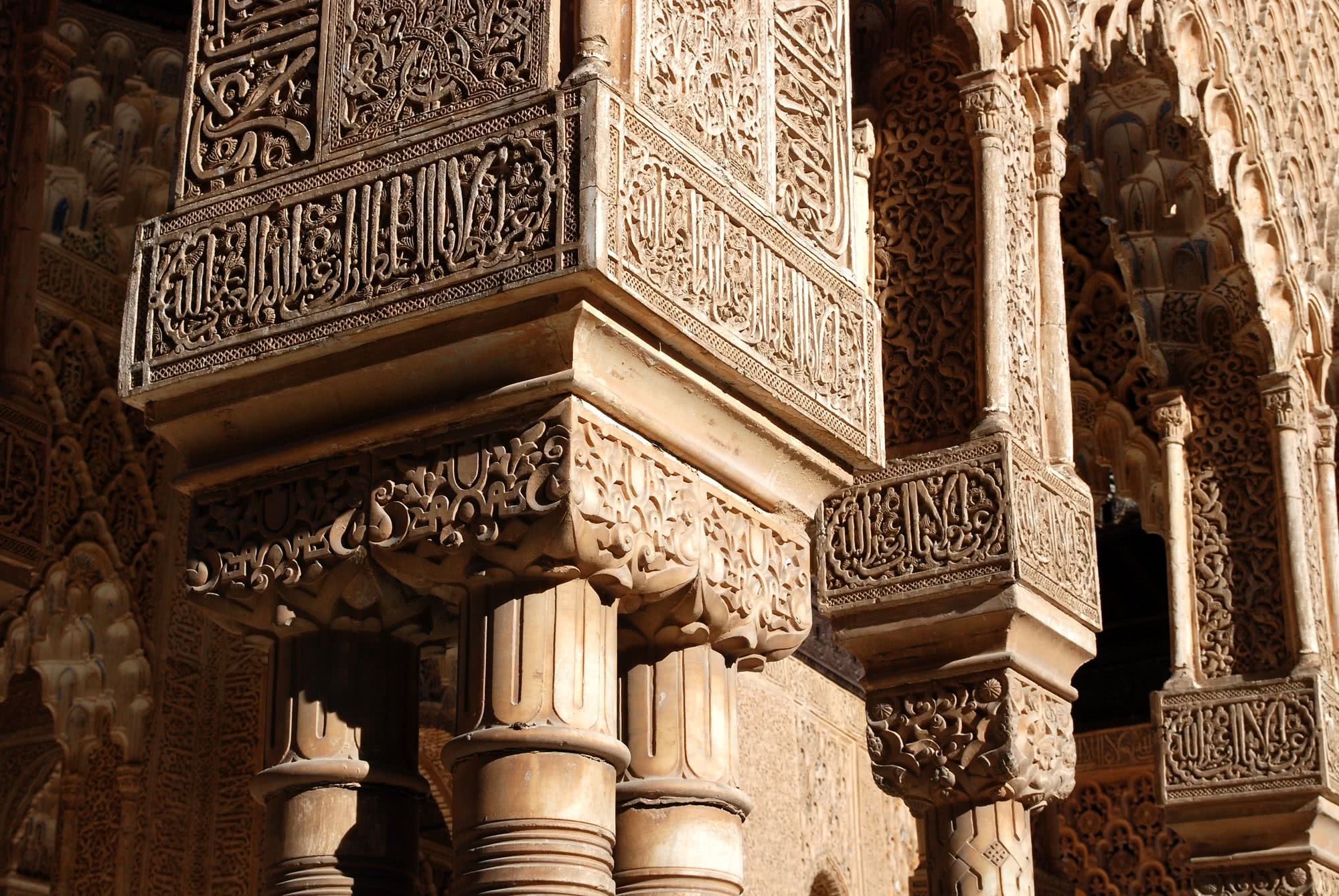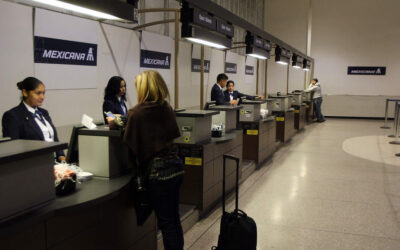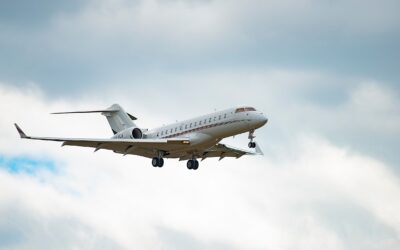The Patio of the Lions: A Jewel of the Alhambra
The Patio of the Lions is the main courtyard of the Palace of the Lions, in the heart of the Alhambra. It was commissioned by Sultan Muhammad V of the Nasrid Kingdom of Granada in the second period of his reign (1362-1391). It is one of the most famous and beautiful places of the Alhambra, and a symbol of its rich artistic and cultural heritage. In this article, we will explore its history, architecture, and meaning.
History of the Patio of the Lions
The Patio of the Lions was built between 1377 and 1390, as part of the Palace of the Lions, which represents the peak of Nasrid art, with influences from Islamic and Christian cultures. During the period when Muhammad V was dethroned by his half-brother, Abu-l Walid Ismail and exiled, he discovered works that influenced him. In Fez, he saw the mosque of the University of Qarawiyyin, built by Andalusian Almoravid architects, with splendid decorations of muqarnas, present in Al-Andalus, as well as the ruins of the Roman city of Volubilis, which allowed him to examine the classical orders, the Roman ornamentation and, above all, the impluvium. But what impressed him most was the Royal Alcazar of Seville, a Mudejar palace built by craftsmen from Toledo, Seville and Granada, by King Peter I of Castile, his ally and personal friend, who helped him regain the throne and defeat the usurpers. This palace amazed him, especially the structure of the Patio of the Maidens, which he later repeated. However, this patio has pavilions on the shorter sides, covered by roofs with four slopes of great height and with a dome inside.
The Patio of the Lions has undergone several interventions over time. In the 17th century, the roofs of the pavilions were rebuilt with a lower slope “to avoid the fall of the tiles”, which forced to raise a wall to raise that roof and accommodate the interior dome, too high. In 1886 Rafael Contreras replaced the roof and wall of the east pavilion with a dome of Persian influences, which in turn was demolished by Leopoldo Torres Balbás, to recover the original image with a roof with four slopes of great height. The roof and a wall of the west pavilion were demolished and rebuilt to undertake the restoration of the interior dome.
Webs of interest
Patio of the Lions - Nasrid PalacesInformation and Photos of the Patio of the Lions of the Alhambra. This patio was built by order of Mohammed V, its ground plan is rectangular and it is surrounded by a gallery in the style of a Christian cloister. The gallery is supported by 124 white marble columns with fine shafts. It is so called…



















